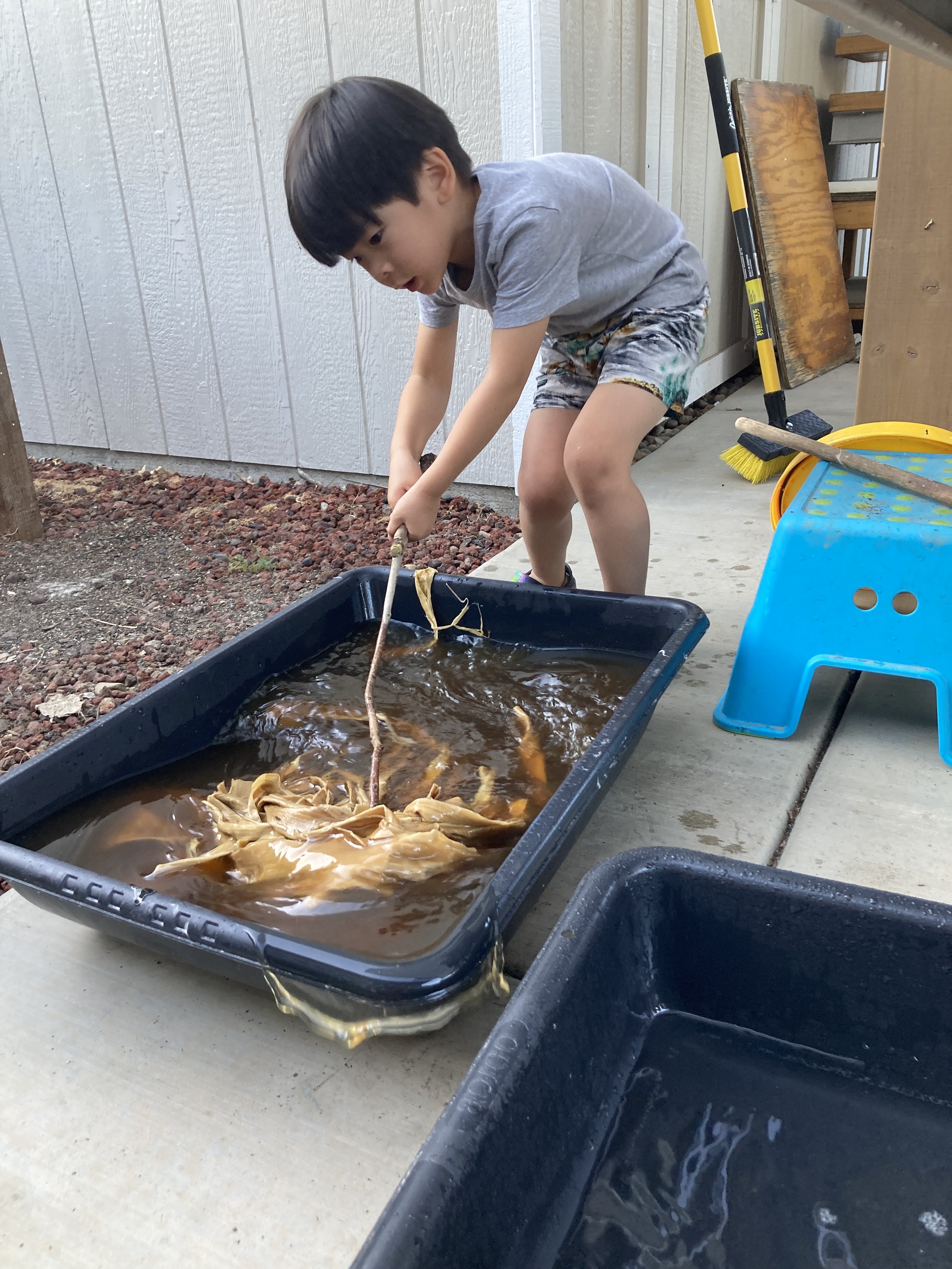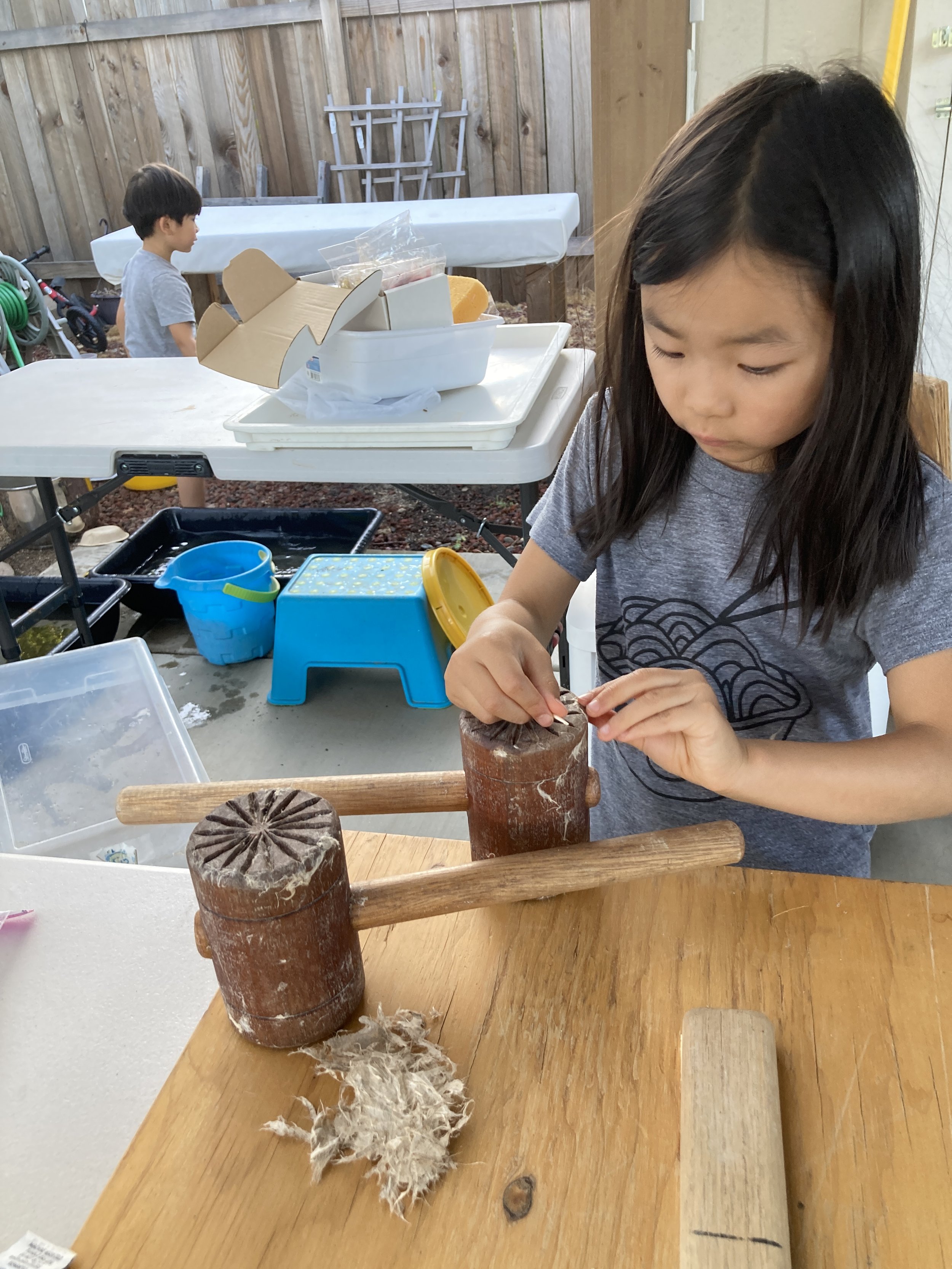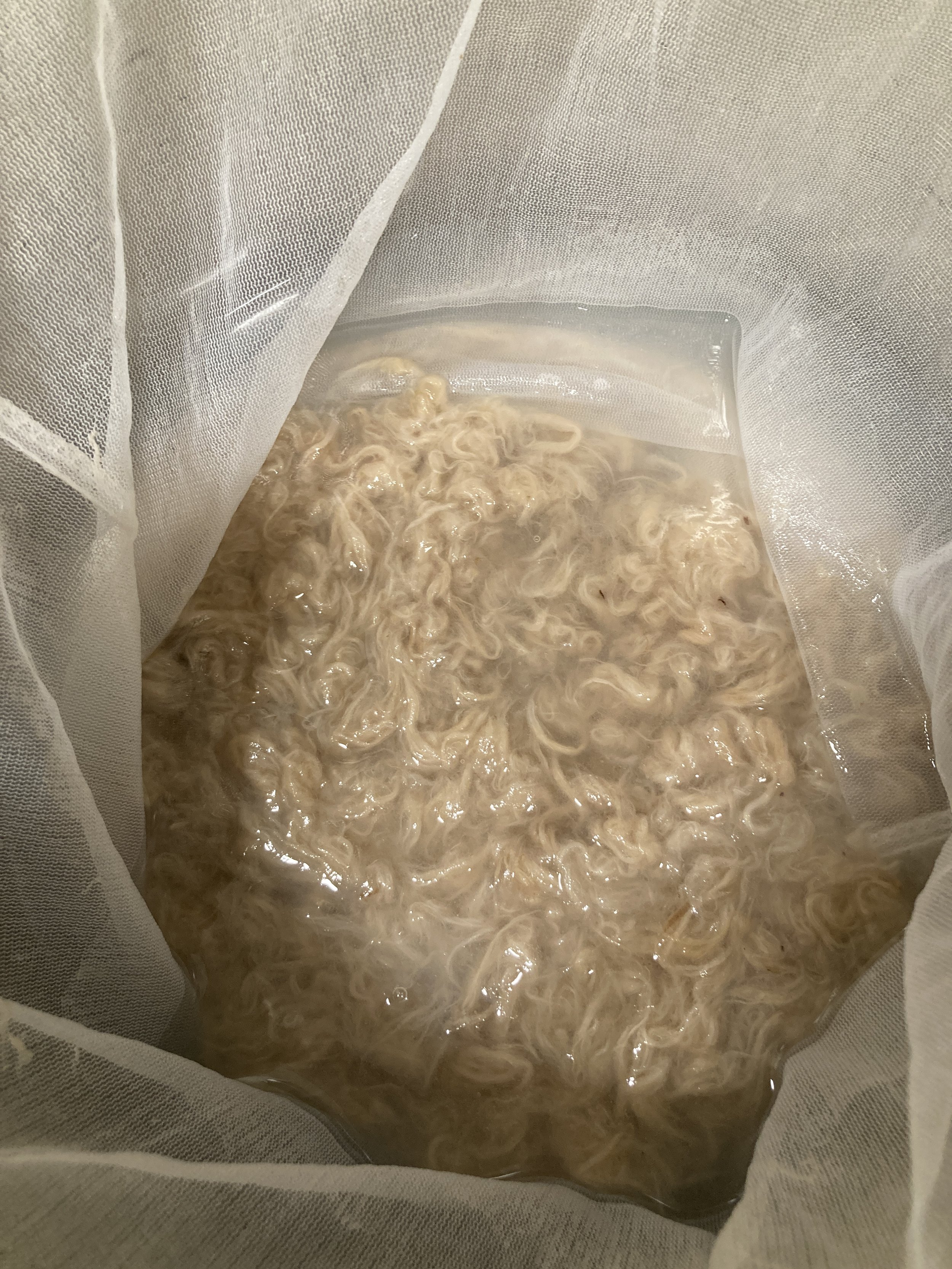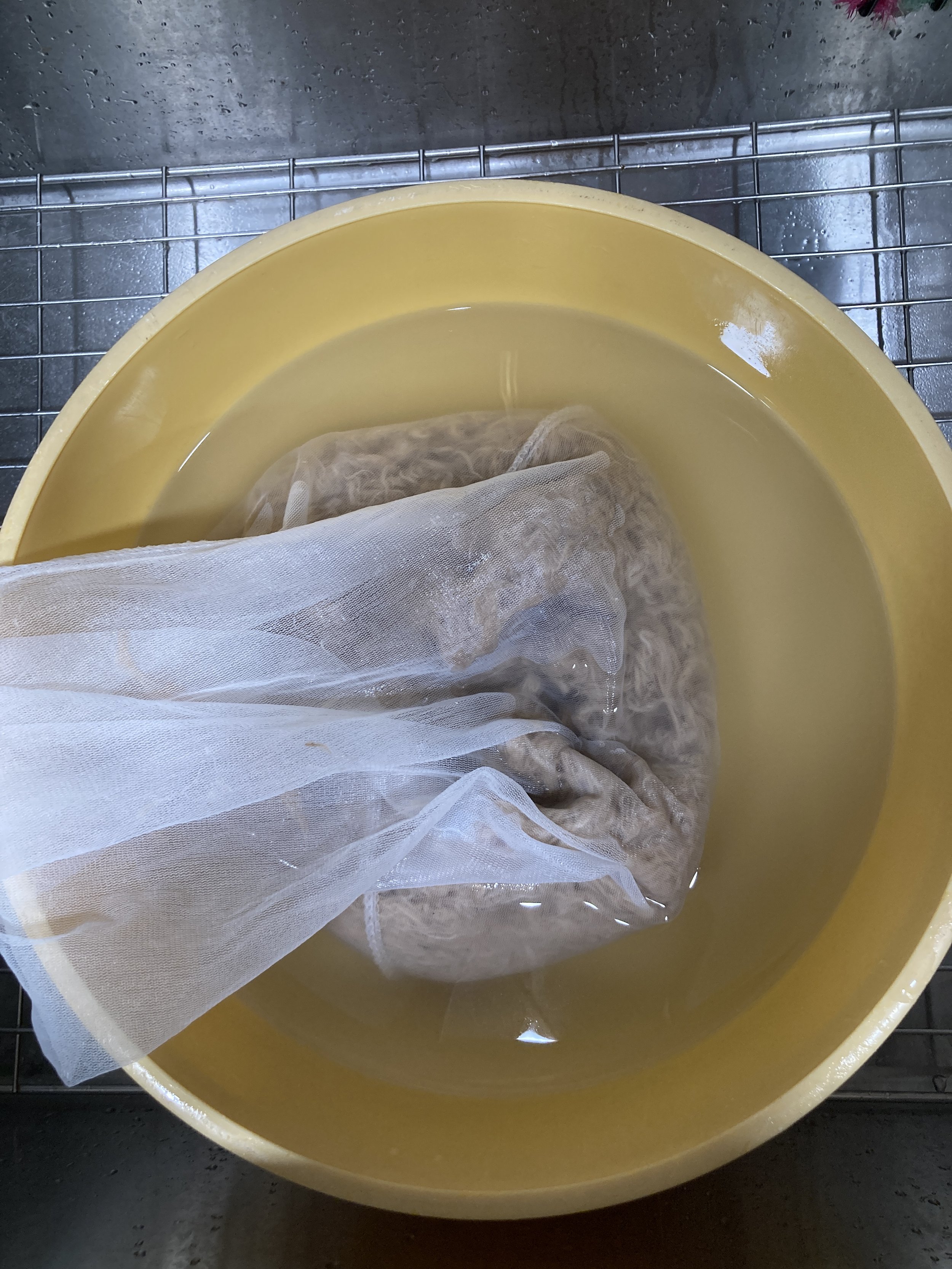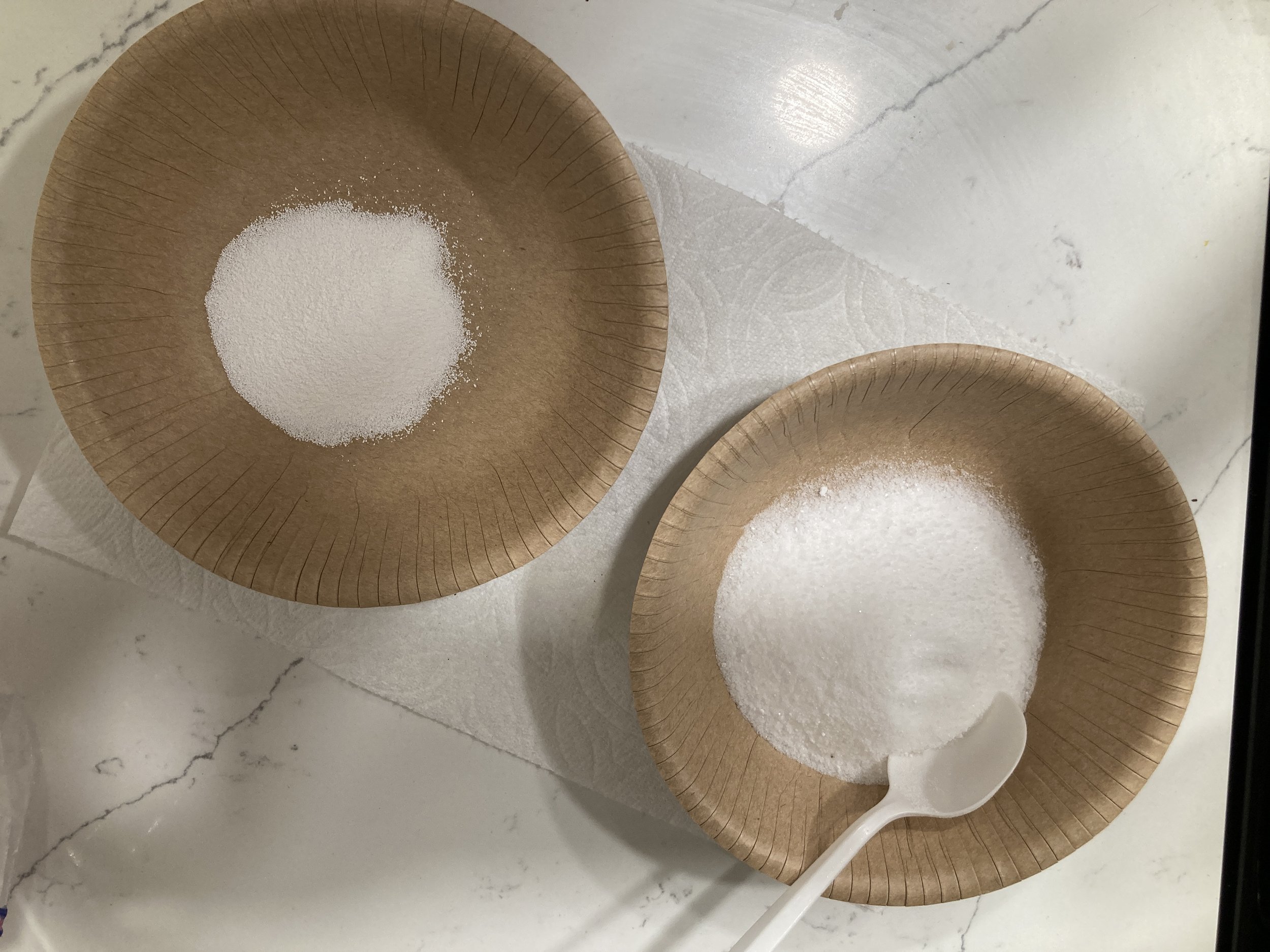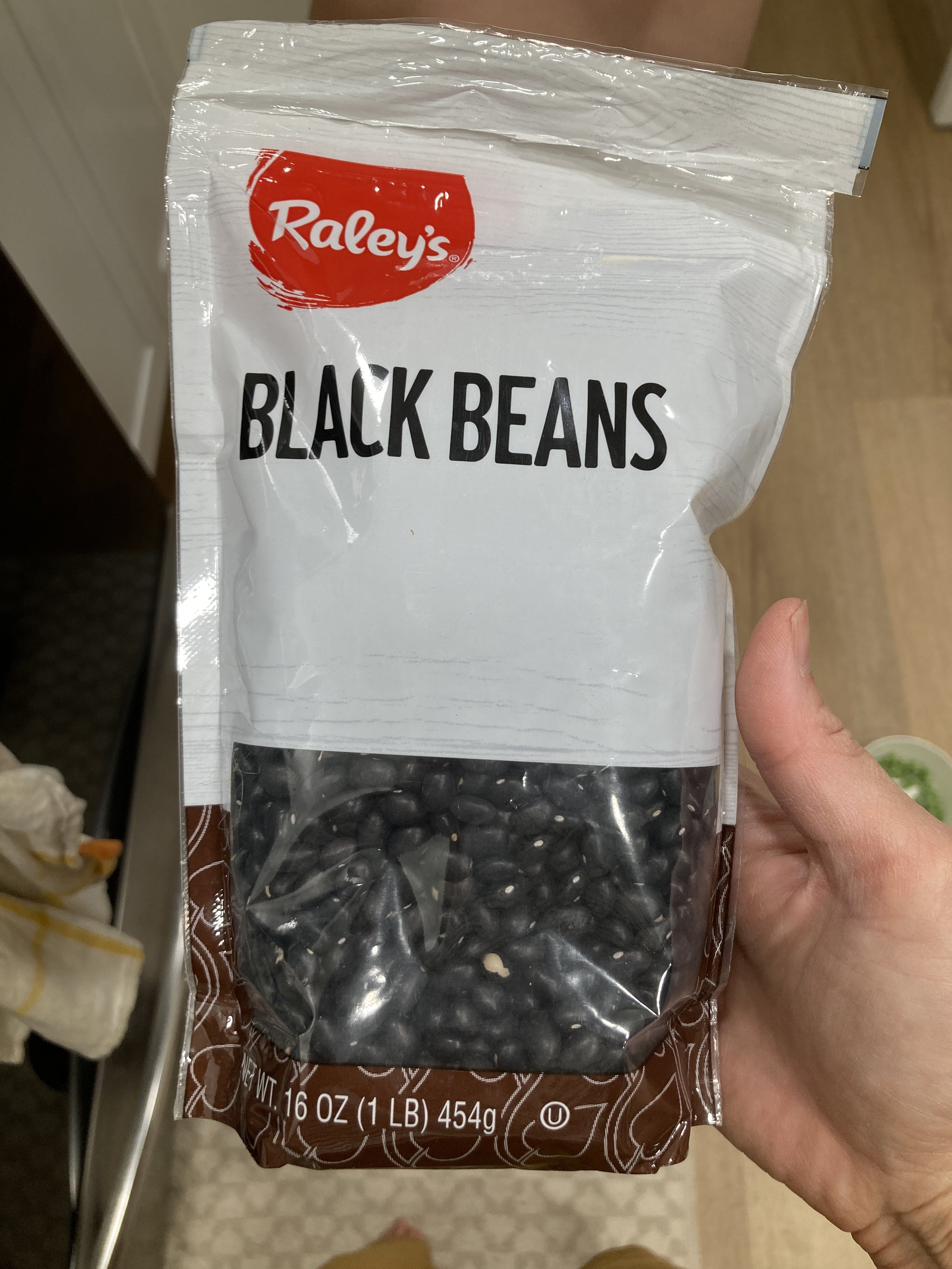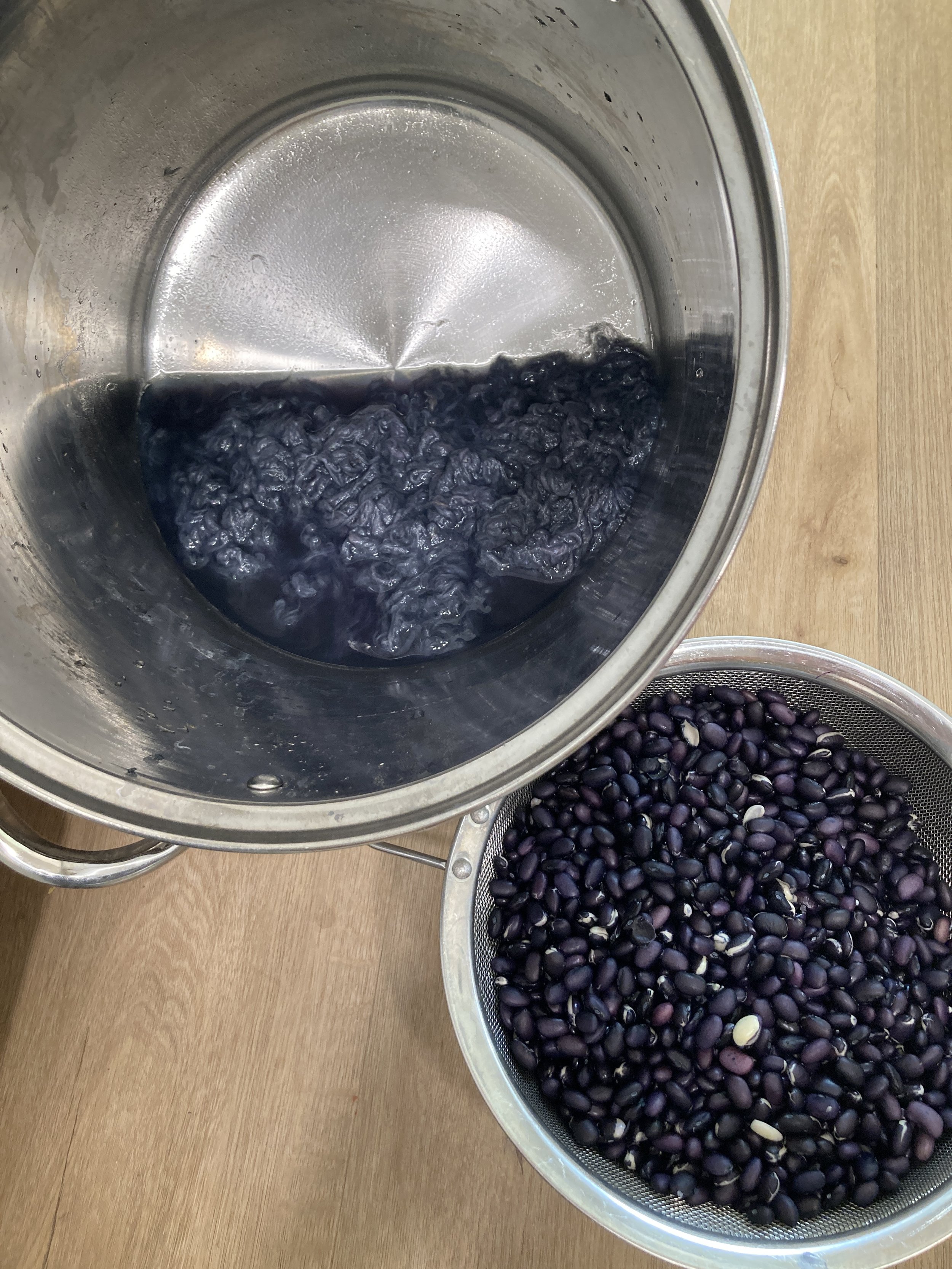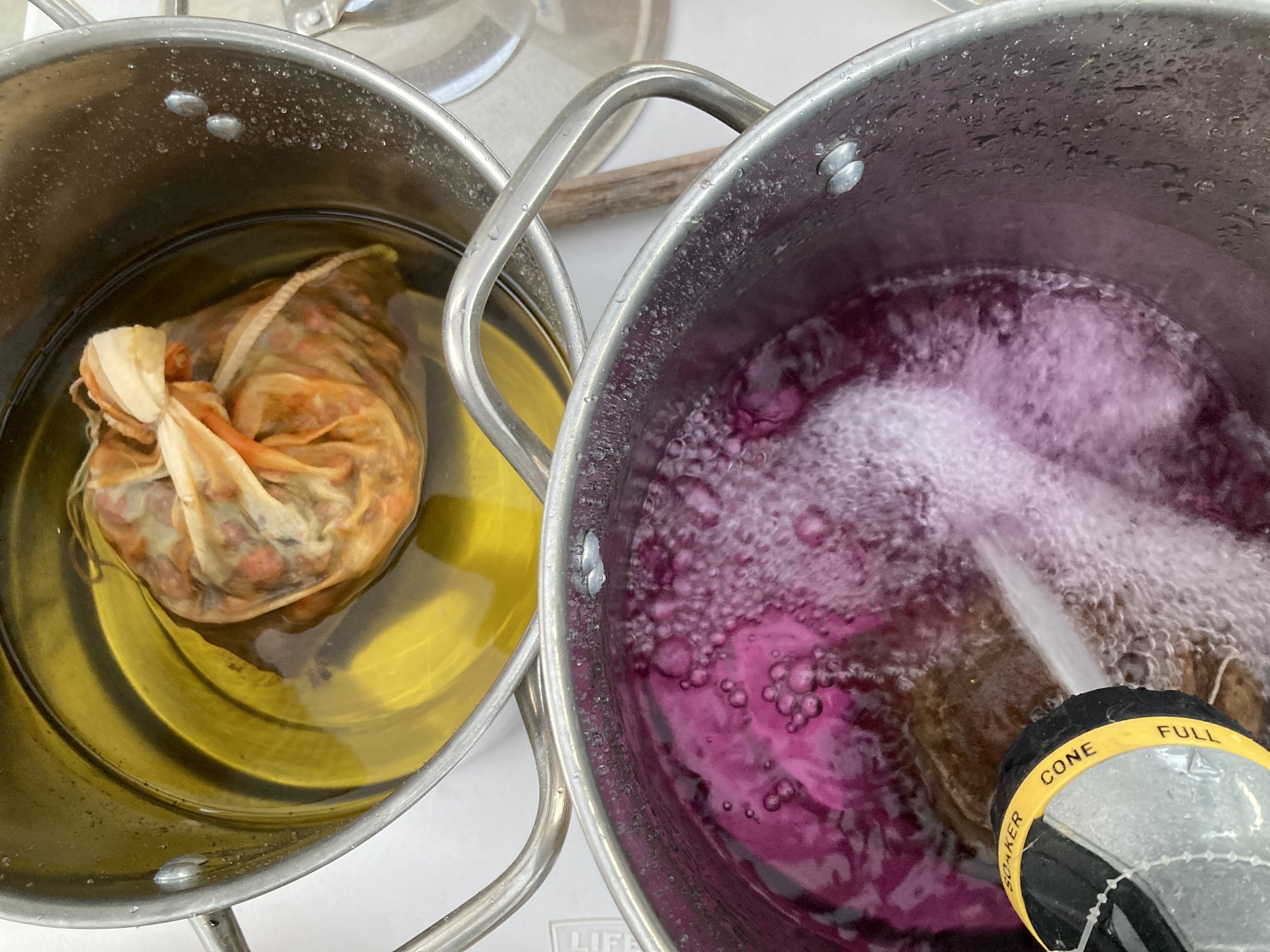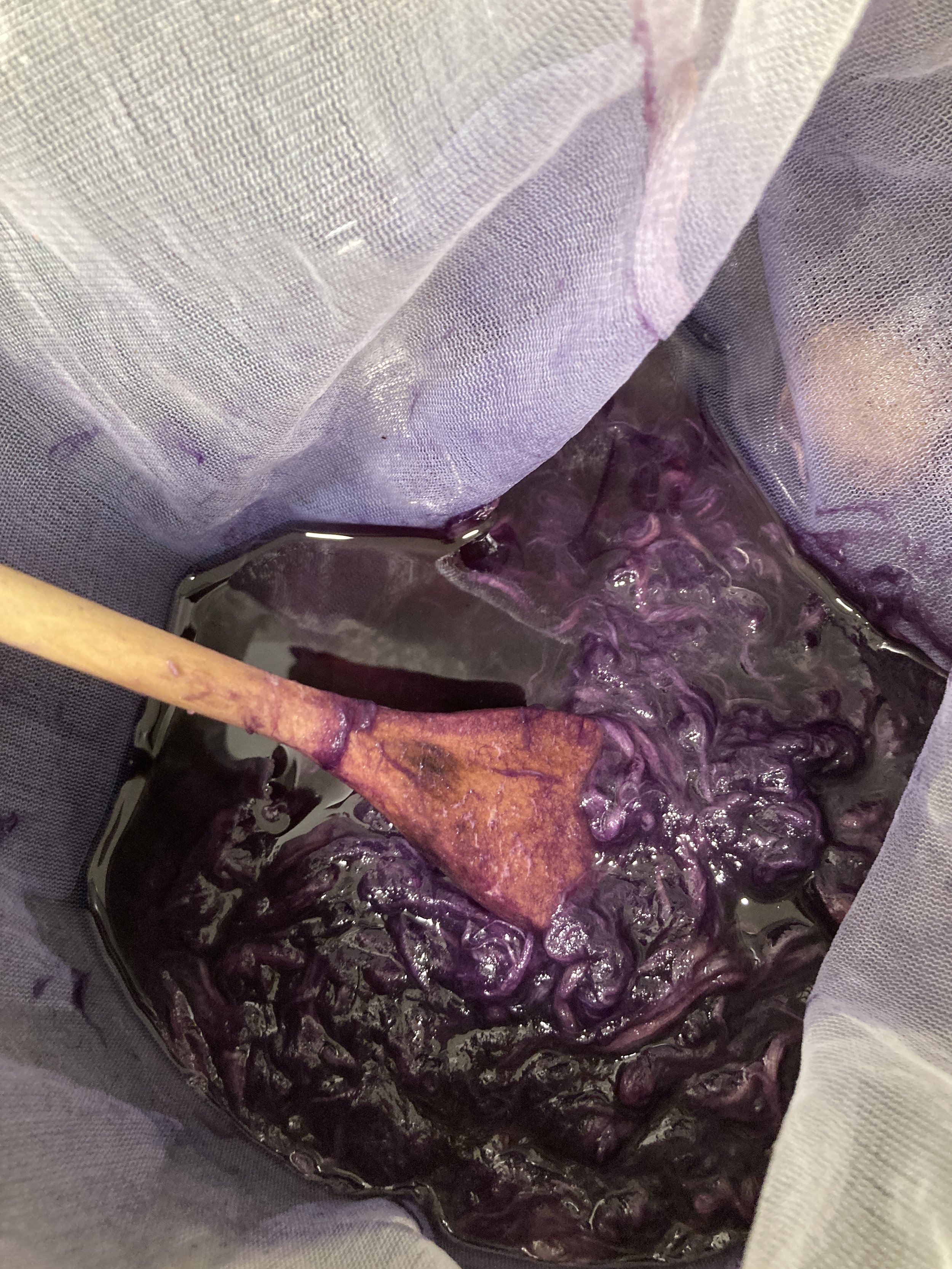For the next hanji workshop which is coming up soon, I offered to have a translator on site. The translator is my mom. She is nervous about translating and asked me to write a script of what I am going to say. I am realizing how much work necessarily goes into making community events more accessible and inclusive.
I made it pretty clear from the beginning that these workshops overall would take place in English. My Korean sucks and I have been on quite a journey in my relationship with my language skills or lack thereof. It used to fill me with such shame and embarrassment (and still sometimes does). As a perfectionist it is hard for me to practice the language when I know I am not speaking 100% accurately or naturally. I see that in my daughter too - the unwillingness to try for fear of making mistakes - and I wish for her sake that I would just overcome my shyness and performance anxiety and try to speak Korean. That said, there’s no way I could adequately express everything in Korean for this workshop, and I am okay with that. I have since met loads of diasporic Koreans who are like me, mourning the loss or lack of Korean language ability, coming to terms with it in various ways, making efforts here and there (or not). My kids are in Korean camp this summer and I am hopeful that at least their exposure to the language and culture will instill in them a love of their heritage, and that they would be filled not with shame but with pride, curiosity, and a sense of home.
Other preparations this week (aside from the translation) involved mordanting and coloring dak with natural dye. During last week’s workshop, we brush-dyed hanji with 감물 gammul - persimmon juice. The feedback I got was that there were too many activities and not enough time to take them all in. So this time I am going to try to prep some naturally dyed pulp in advance for folks to make colored paper in the deckle boxes.
To dye the pulp, here is what I did. (btw everything i know about dyeing pulp, I learned from Radha Pandey.) First of all I should say that the dak that I am using was beaten during last weekend’s workshop. I have no idea how long the participants beat the dak but it’s questionable how well it was beaten. Anyway, I did a two-step mordanting process - first soaking the pulp in a hot tannin (gallnut) solution, then rinse, then soaking in a hot soda ash + alum solution, then rinse. (process images shown above.)
Meanwhile I prepared a few dyes using whatever I have on hand. (see photos above.) I had a bunch of leftover logwood chips and gardenia fruit that I had already used last year to extract dye. Because I am cheap and lazy resourceful and efficient, I used them again this time. I was curious about using black beans which I have never dyed with. I divided up the mordanted dak and soaked it in the different dye baths for several hours, then rinsed. We’ll see how it goes.
When I first conceived of this project, I thought I would have a vibrant natural dye garden in my backyard. Well the garden hasn’t happened yet, but I am hoping next year will be the year that I start to harvest beautiful colors from my backyard. As part of my research for this grant I am taking a one-day natural dyeing workshop at Fibershed in Point Reyes this coming Sunday. I’m looking forward to sharing some of my learnings here and bringing them into subsequent workshops along with my own studio practice.
